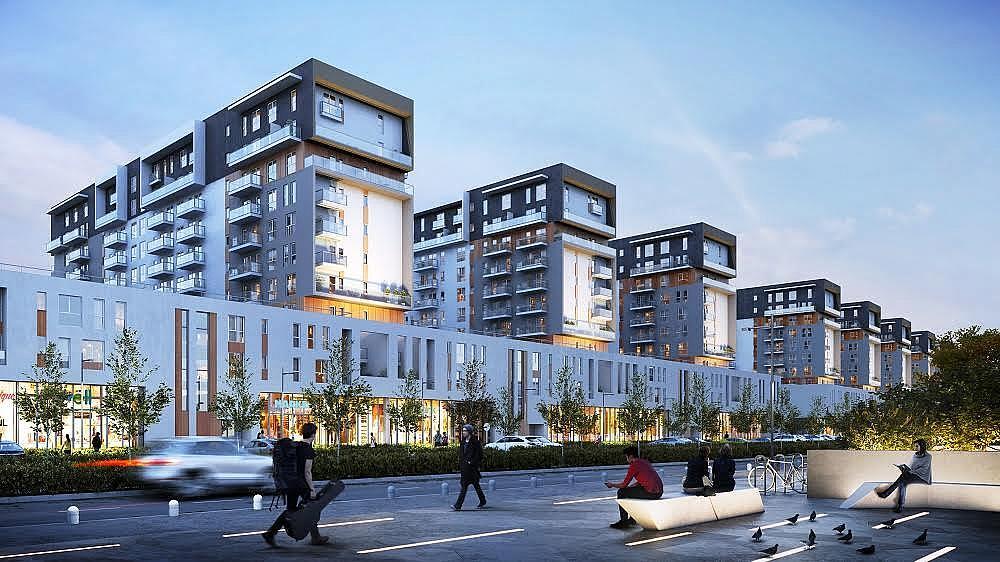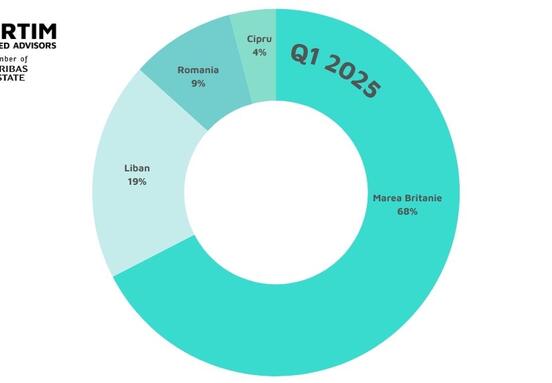An annual average of approximately 60,100 new dwellings were delivered between 2016 and 2020 at national level (with a peak of 67,816 in 2020, the previous record year after 1989), during a period characterized by strong economic growth and an increasing purchasing power. Therefore, there has been a significant upward trend in most counties in this regard in 2021, with only 10 of them recording less deliveries compared with 2020.
22,010 residential unites have been completed in Bucharest (13,344) and Ilfov (8,666), corresponding to an annual increase of 6%, thus having a market share of 30% at national level. Moreover, other counties such as Timis (7,460 completed dwellings, +24%), Iasi (3,389; +66%), Arad (1,042; +74%) or Bistrita-Nasaud (1,029; +51%) also registred a positive evolution from this perspective.
On the other hand, a lower number of new deliveries compared with 2020 has been observed in Cluj (4,675; -15%), Brasov (2,986; -27%) or Bacău (768; -43%), counties which, although registering a decline in 2021, were ranked highly in terms of the evolution of this indicator in previous years.
Vlad Săftoiu, Head of Research, Cushman & Wakefield Echinox: ”2021 was a record year for the residential market both in terms of new deliveries and also considering that their absorption level has been exceptionally high. 2022 will arguably present many more challenges, as a result of the continuous increase of the construction materials’ prices and of the inflation, which reached an y-o-y level of 8.5% in February, and also due to the uncertainty caused by the ongoing war in Ukraine. Furthermore, the current and future monetary policy rate increases are also expected to have a direct impact on mortgage lending, especially from H2 2022 onwards, a matter which is likely to slow down both the pace of the residential deliveries and also of the subsequent transactions. On the other hand, the annual inflation rate is expected to be kept under control starting from early 2023, reducing the pressure on mortgage lending and therefore on the existing uncertainty on the residential market, a segment which definitely requires new quality projects, considering that less than 15% of the residential stock at national level has been completed after 1989.”







